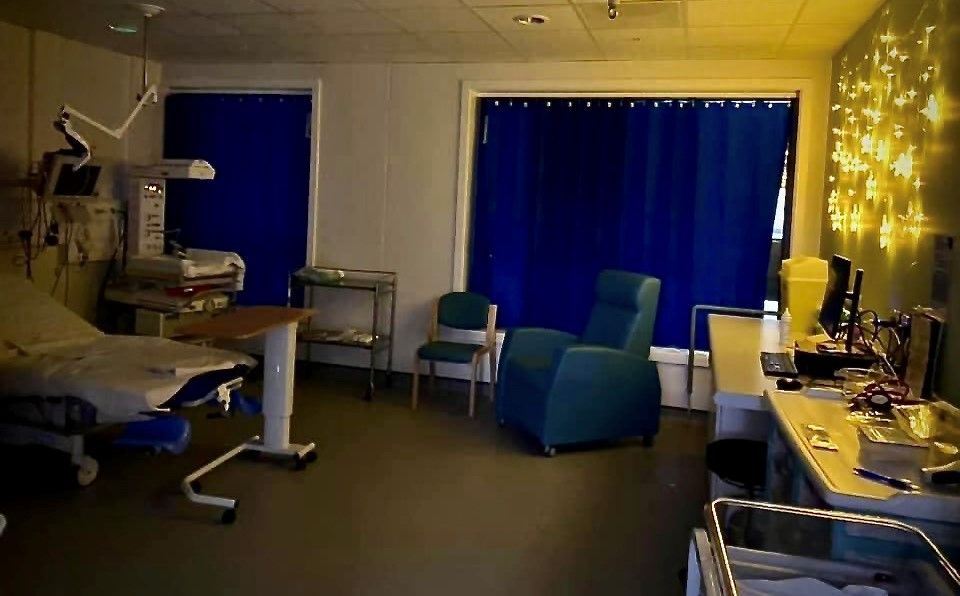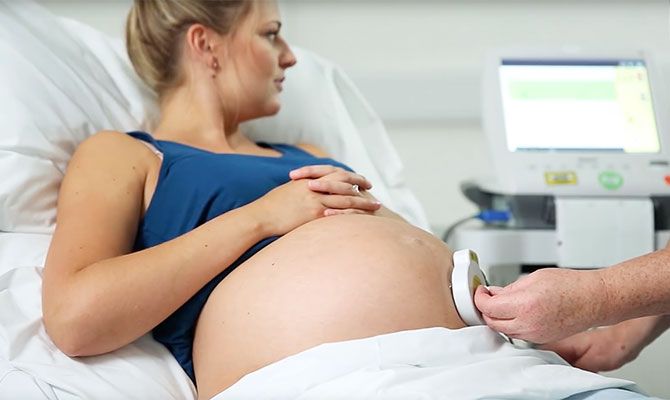We know that no two births are the same and women have individual preferences for their birth experience. Our ultimate aim is to support you to have a positive birth experience. For most women and babies, having a vaginal birth means that you have a quicker recovery, your baby is less likely to need the support of our neonatal unit and breast feeding is more likely to be successful. Vaginal birth has many sensory and cognitive benefits to the new-born baby.
We also know that following induction of labour, women are more likely to have an assisted delivery (forceps or ventouse). than women who have a spontaneous labour. After 37 weeks of pregnancy, you re no more likely to have a Caesarean Section, than someone who goes into labour on your own.
The most likely outcome is to have a vaginal birth. The position of your baby and the natural birth hormones you release can affect your progress through labour, so during the induction process there are many ways that you can optimise your chance of a vaginal birth.
Please talk to your midwife about this further but some of our suggestions include being upright and mobile as much as possible, creating a calm and familiar environment by bringing pictures of your loved ones, positive affirmations and personal items from home (like your perfume or a pillow case), using a birthing ball, adopting positions like all fours or leaning over a birthing ball and having a good understanding of the process of birth







